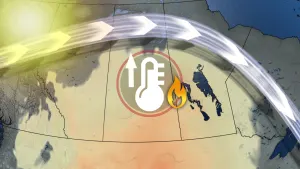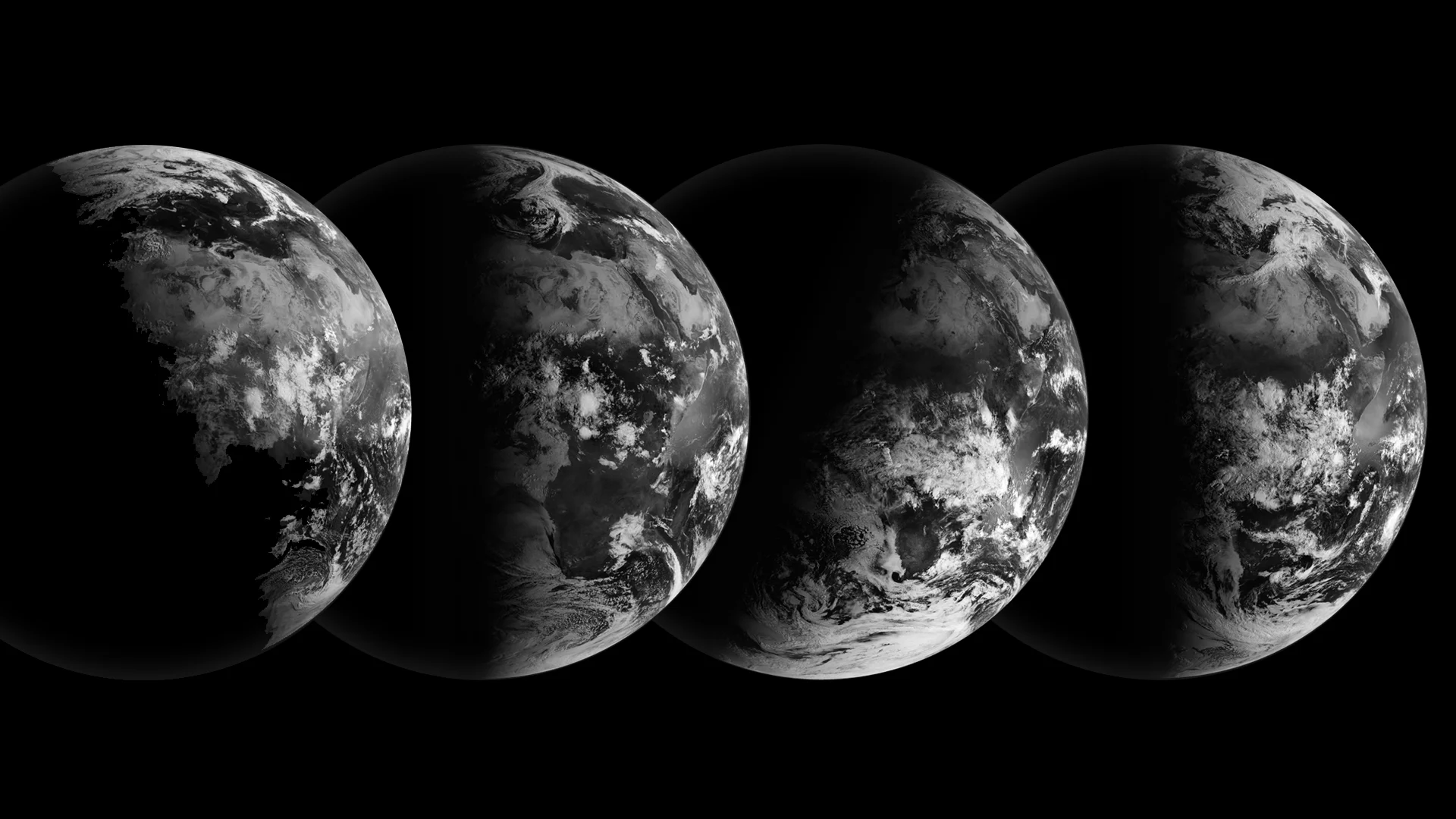
The science behind the Equinox
Summer's final curtain call. Here's a guide to the science behind this phenomenon, and one of its most colourful effects.
September 23 is the Autumnal Equinox for 2023, the start of the fall season in the northern hemisphere.
Standing here on Earth's surface, nothing may seem particularly out of the ordinary. Looking at our world from afar, though, the entire planet is slightly off-kilter.
As Earth traces its elliptical path around the Sun every year, the axis it rotates around each day is tilted with respect to that path by roughly 23.4 degrees. It does not 'wobble' back and forth by that much. Throughout the year, Earth's tilt remains the same, with the planet's North Pole pointed roughly towards a bright binary star named Polaris.
This consistent tilt and our world's motion around the Sun are the reasons for our seasons.
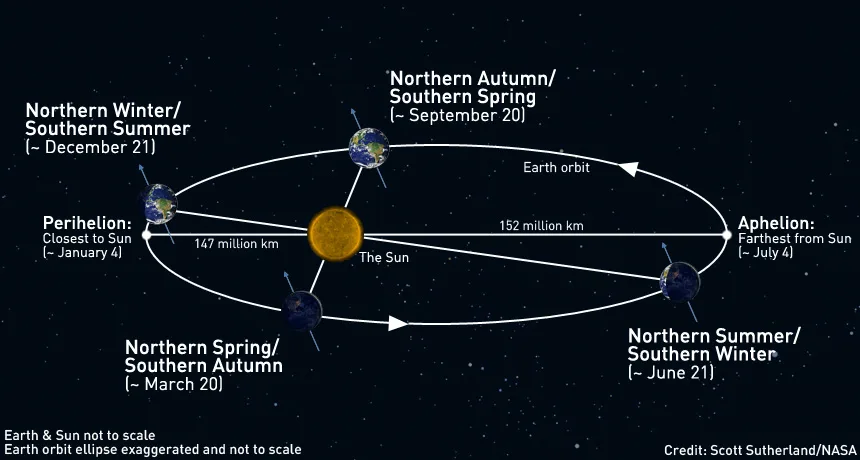
Credit: NASA/Scott Sutherland
While we don't feel the tilt itself, we see its effects. The most directly noticeable impact is how high the Sun reaches as it arcs across the sky each day throughout the year.
As the video below shows, as Earth travels around the Sun, the angle of the planet's axis stays the same. Each hemisphere points directly towards the Sun during its summer solstice and away from the Sun at its winter solstice. The panels on the right show how this affects the angle of the sunlight falling on Earth. The bottom right panel shows the angle at the point where the stick figure is standing, at roughly 44 degrees North latitude.
WATCH BELOW: This animation shows Earth's tilt throughout the year, which gives rise to our changing seasons.
There are two brief moments during the year when both hemispheres are at precisely the same angle to the Sun. These are the equinoxes.
Those two moments don't always happen at the same time and day every year, though. Since Earth's orbit around the Sun isn't perfectly timed with how we track our calendar year, and since that orbit changes slightly year-to-year, the exact timing of the equinoxes changes.
In the northern hemisphere, the vernal equinox typically occurs between the 19th and the 21st of March, and the autumnal equinox usually happens between the 22nd and the 24th of September.
Right now, we see a pattern where the equinoxes mainly occur on March 20 and September 22. Each year, the timing advances by several hours due to changes in our orbit. For example, since 2021, this has caused the March 20 equinox to arrive later in the day each year, and the September equinox actually shifted from the 22nd to the 23rd in 2023. In 2024, with the arrival of a leap year, the equinoxes will move back by a day to March 19 and September 22, and the pattern will repeat.
Look back a century, though, and you'll see the vernal equinox on March 21 most years, flipping back to March 20 on the leap years. Meanwhile, the autumnal equinox was mainly on September 23, advanced to September 24 just before the leap year and then shifted back.
READ MORE: The science and celebration of the Summer Solstice
Myths of the Equinox
There are a few urban myths surrounding the equinoxes that make their rounds on the internet each year, no matter how often they're debunked.
1. Balancing act
Whenever the equinox is approaching, spring or fall, word spreads that this is the day to perform a "fantastical feat" of egg balancing.
While balancing an egg on its narrow end is challenging at any time, the equinox in no way makes that task easier.
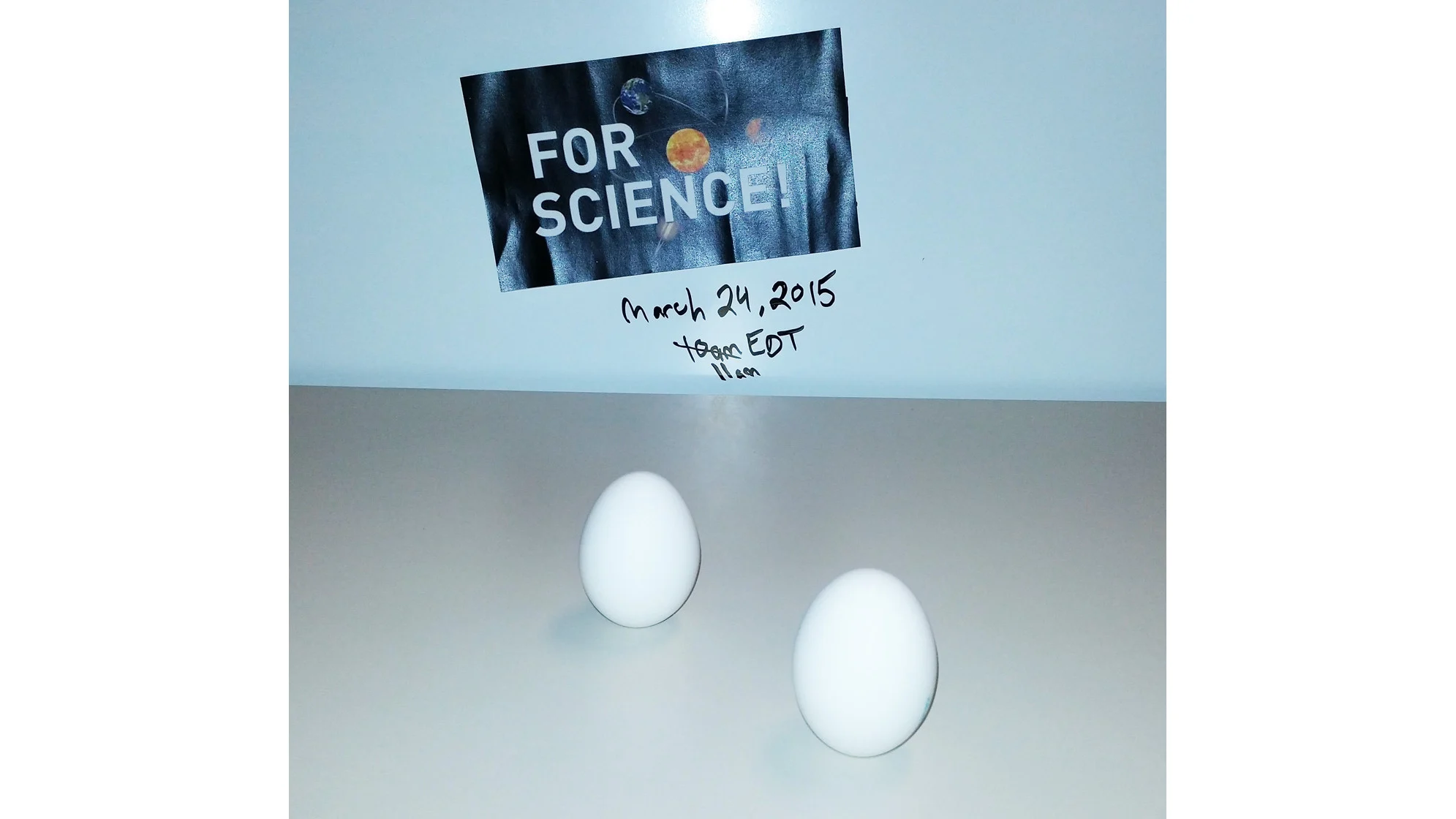
These two eggs were balanced on there ends on March 24, 2015, four days after the equinox. Credit: Scott Sutherland
The reason for this? Basically, while it's true that every object in the universe tugs on every other object, here on Earth's surface, our planet's gravity completely overwhelms any other gravitational forces we (or eggs we are balancing) might experience.
The Moon's gravity is the next strongest influence, followed by the Sun, and they are the reasons for our ocean tides. However, the tides only occur due to the cumulative effect of these objects simultaneously pulling on each individual molecule in an immense body of water. For something as small as an egg, the gravitational pull of the Moon and Sun is so weak that it has no effect whatsoever.
Only three factors matter in balancing eggs: the stability of the surface you are using, the 'bumpiness' of the eggs being balanced, and the steadiness of your hands.
2. Those crazy days (and nights)
There are two days during the year when night and day are roughly 12 hours long. However, despite the word equinox coming from the Latin words for 'equal' and 'night', those two days do not fall on the equinoxes.
Depending on your latitude, the date when day and night are roughly equal happens anywhere from 3 to 21 days before the spring equinox and from 3 to 21 days after the fall equinox. The closer you are to the equator, the bigger the gap is. Anyone at the equator actually never sees equal day and night.
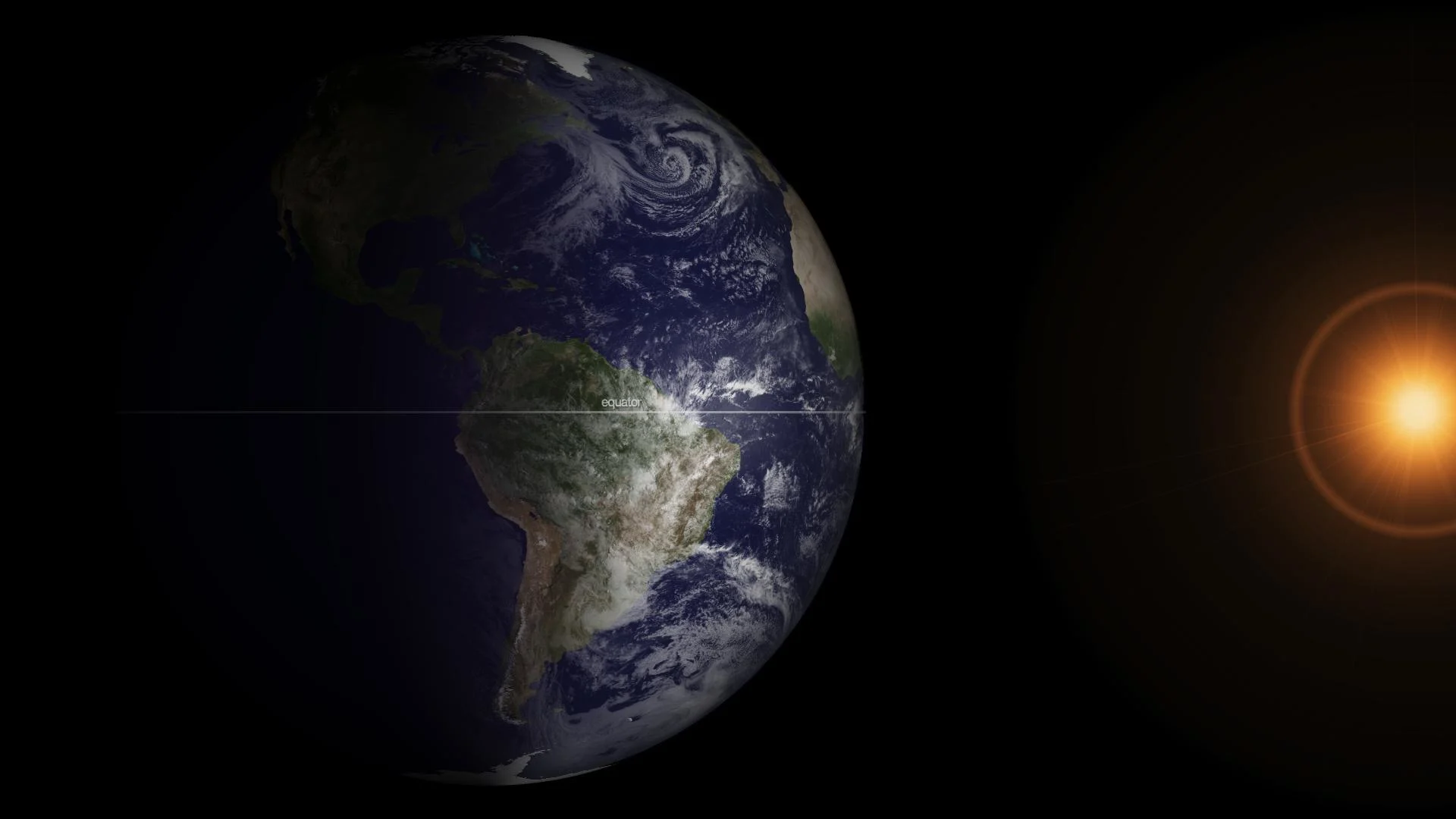
A view of the equinox from space, courtesy the GOES geostationary weather satellite. Credit: NOAA
That may seem unbelievable, but we do this to ourselves simply by how we have defined sunrise and sunset.
'Sunrise' is the exact moment when the edge of the Sun crests the eastern horizon. 'Sunset' is when the Sun completely disappears below the western horizon. Based on that, we are adding several minutes to the length of our day.
To have equal day and night on the equinoxes (and on the equator), we would need to change those definitions, so those two moments were defined by when the Sun is precisely centred on the respective horizon.
3. Shadows stick to us
Peter Pan may have lost his shadow, but it's tough for us to escape from ours, even during the equinox.
Occasionally, claims circulate that you will not cast a shadow if you stand on the equator during the equinox. Unfortunately, this takes some precise timing and very specific conditions to be true.
See, the equinox can happen at any time of the day. In 2021, for example, the autumnal equinox occurred at 3:21 p.m. EDT. Unless you had some particularly dark clouds overhead at that time, you'd most certainly cast a shadow at that time of day. In 2022, though, it was at 9:03 p.m. EDT, when the only shadow you'd likely cast would be from a street light overhead.
Now, what if you pick your location perfectly so that you are at the exact place on Earth where the equinox happens precisely at noon? This year that would be in the middle of the equatorial Indian Ocean, south of Sri Lanka.
Well, at that time, with the Sun exactly overhead at the time of the equinox, you'd still see your shadow cast on, between and around your feet. Sorry.









